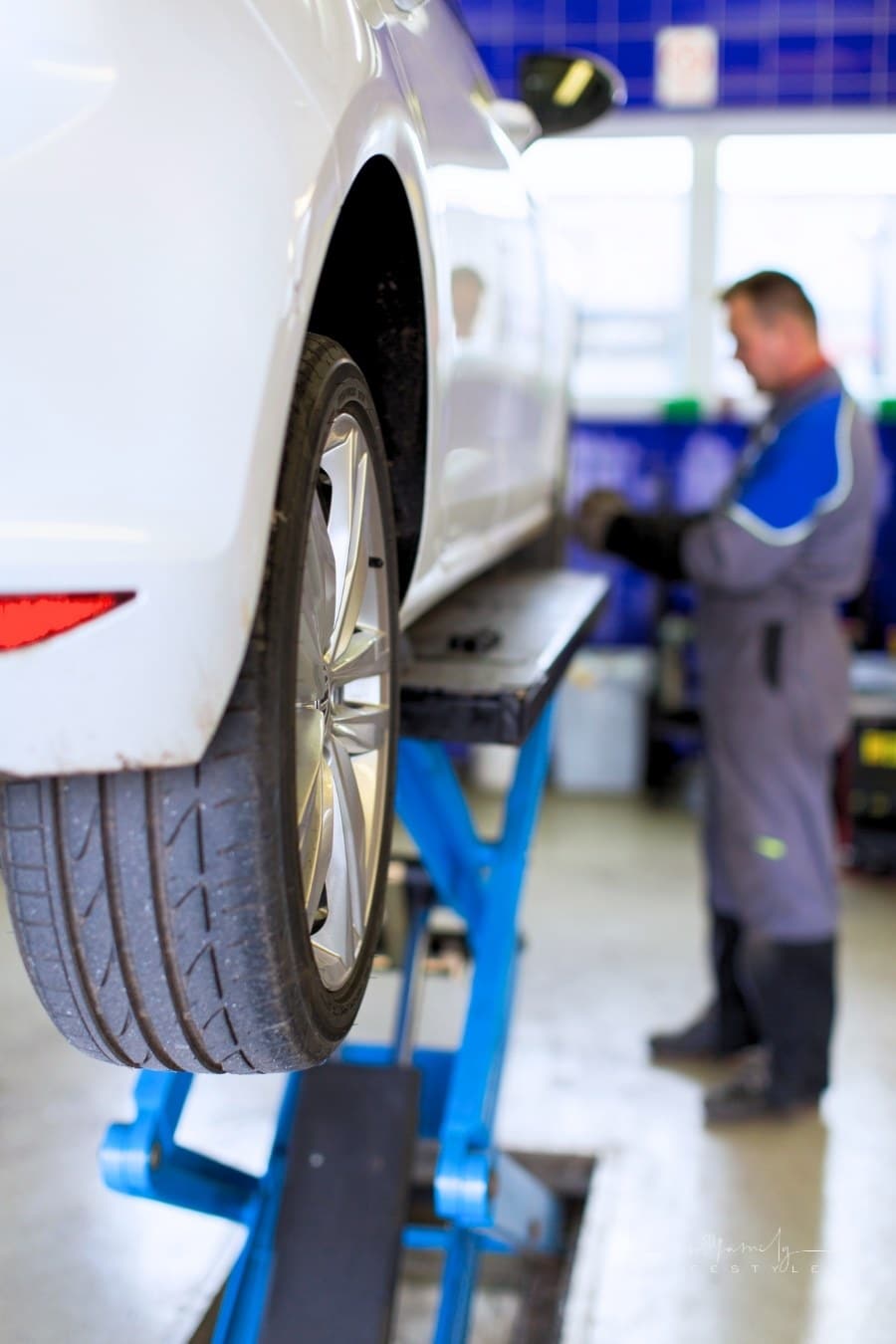5 Crucial Spring Car Care Tips
During the winter, dirt, including salt, road grit, and mud, causes buildup that can negatively impact your car’s paintwork and may lead to corrosion and rust.
This necessitates the need for spring care. Spring is the best time to get your vehicle ready for summer.
Spring vehicle maintenance is the best way to ensure a seamless transition into nicer weather.
Car care during this period can help enhance driver safety and remove clutter to conserve fuel. It also helps maintain your vehicle’s value, earning you top dollar when selling it.
Here are several crucial spring car care tips you can try.

- Consider tire rotation and alignment
Roads can get damaged in winter, causing your vehicle to encounter potholes and resulting in alignment issues. This may cause them to wear faster. Some good spring care can help keep them aligned.
You should also inspect your tires for tread wear, including cracks and bulges on the walls. If your vehicle’s tire tread is under the recommended level, it could be time to replace them.
Cold weather affects tire pressure, handling, fuel economy, and wear, so maintain it at the correct PSI level. Spring is a good time to rotate your tires for better handling and even tread wear.
You can get your tires rotated at a car repair shop Denton or a place near you.
- Give the car a spring clean
Since winter disrupts your car’s overall cleanliness, spring cleaning is essential to keeping it operating and looking its best.
As soon as spring begins, give your vehicle a thorough washing and waxing. A detailed interior spring clean can help eliminate all the dirt that found its way into your car during the winter, reducing the risk of accelerated rusting.
It’s also a great way to remove bacteria and bugs. You can get your vehicle professionally cleaned for a thorough wash, or hire car valeting or detailing professionals. If you’re cleaning it yourself, use materials and products for cars.
- Inspect the hoses and belts
Cold winter temperatures can harden or destroy hoses and belts, so inspect them for damages. Ensure your hoses don’t have leaks, cracks, or blisters.
They should also be free from hardening or softening. Inspect the belts for looseness, frays, glazing, or cracks. If the belts need replacing, the pulleys and tensioner should also be replaced to ensure the new belt doesn’t slip.
- Change the fluids
Spring is a perfect time for changing essential car fluids. Look at your brakes, transmission, and power steering fluids to ensure they’re at the correct level. If not, replace or top them up as the owner’s manual suggests.
Each seasonal change requires an oil change, so be sure to change yours. Check the coolants and ascertain that a leak hasn’t occurred.
- Check the filters and wiper blades
Winters cause wear on your vehicle’s internal systems. Spring is an excellent time to check and replace your filters. Consult your car’s manual to know how regularly you should replace your filters.
The cold weather ice can rapidly degrade your wipers. And since spring brings rain showers, check your wiper blades and replace them if needed.
Endnote
Spring vehicle maintenance helps rid your car of all the winter dirt and prepare it for summer. Use these spring care tips to ensure your vehicle is working properly.


